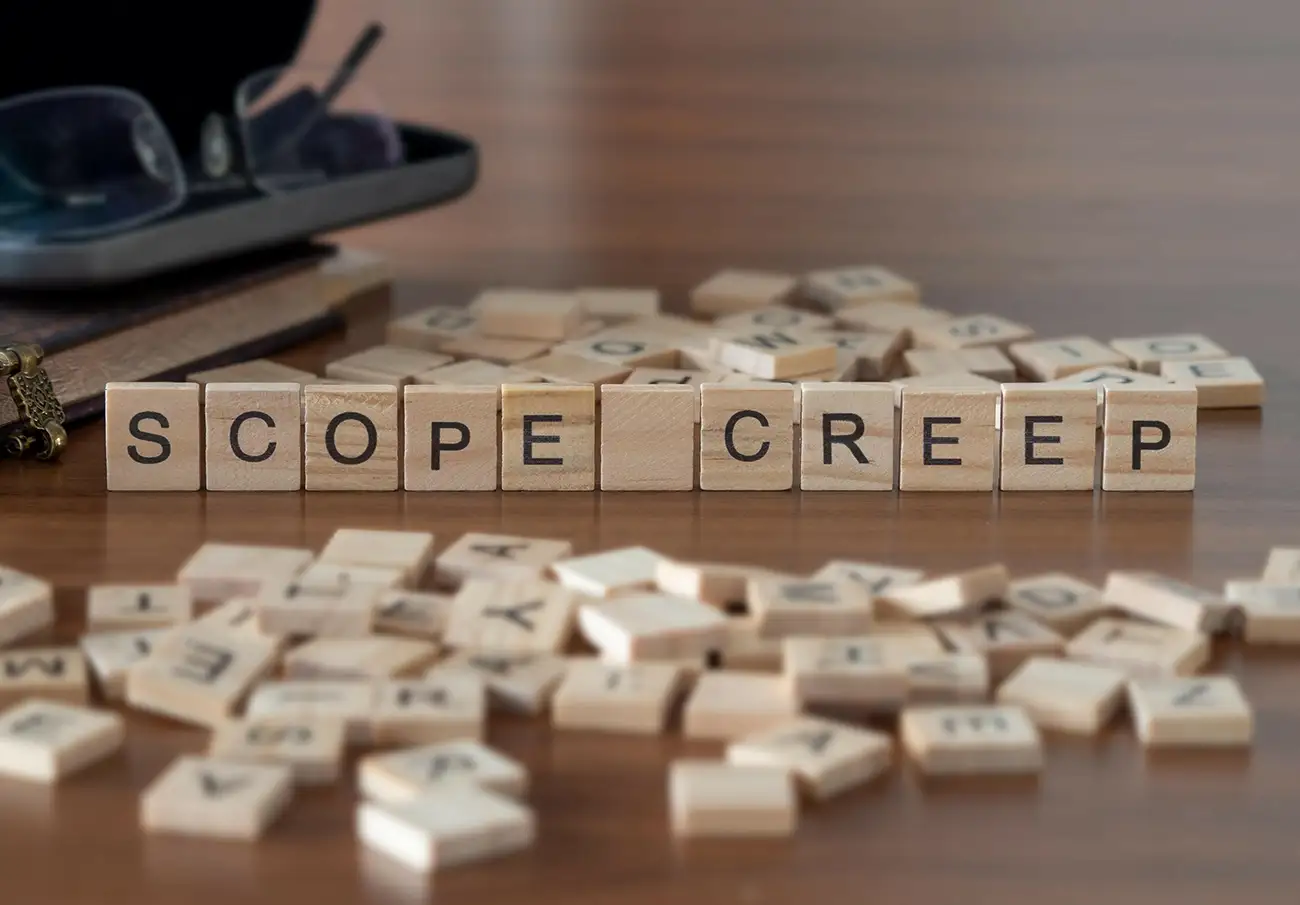We’ve all been there. You’re creating a project’s deliverables, and the next thing you know, you’re three rounds deep in a revision cycle that doesn’t seem to end.
If you can point to a similar instance, you’ve experienced scope creep. But what exactly is it, and how does it affect your project? Scope creep is anything that falls outside of your original project scope yet finds its way to your to-do list. Scope creep is often the result of unclear boundaries or an undefined project because how can you tell whether something is within the scope without a clearly defined project?
Thankfully, there are many steps to prevent scope creep from the early stages of planning. Or, if you’re already working on a project, regain control of the situation before things escalate and the project is at risk.
What Does Scope Creep Look Like?
While it is normal for projects to transform and requirements to change over time, these changes are ideally the result of a conversation between all stakeholders. There may be some changes, or you can use compromises.
Scope creep, however, is often sneaky. The project customer may request an additional feature that wasn’t discussed early on. Or they may continue to add feedback and request changes even after the agreed-upon rounds of revisions. Another common example of scope creep is when the customer changes their mind or their needs evolve halfway through a project and the original scope is no longer relevant, although the work has been completed. For example, a graphic designer could find themselves getting a request from a client to completely transform the logo that was previously approved when the client changes their mind about the colors or style they originally selected.
Common causes of scope creep include:
- Unclear requirements or scope. You can’t stick to a scope you haven’t defined. Unclear feedback rounds, responsibilities, and deliverables lead to unmet expectations.
- Too many people involved. One frequent scenario in project management is collaborating with multiple people from the customer’s side. This may be unavoidable, but it can lead to contradicting requirements or misalignments.
- Little or no boundaries. It’s difficult to say no to a new request, but agreeing to changes outside of the project scope has a negative impact on the whole process and can escalate from simple tweaks to massive changes.
The Negative Impacts of Scope Creep on Project Management
The first tangible effect of scope creep is frustration. When boundaries and expectations are unclear, it’s easy for all the parties involved to feel like their needs are not being met and their efforts are not being recognized. Scope creep may lead your team to feel under appreciated or overworked, and in some cases, resentment can build due to the increasing or constantly changing demands.
A close second effect of scope creep is the ongoing burden on the team. Multiple rounds of revisions, approval delays, and varying requirements end up pushing the finish line further away, which makes it hard to keep the planned timeline and complete the work on time.
And finally, scope creep can result in unhappy customers and leadership who feel like the team is not living up to their expectations because the project is not on track or the deliverables are not up to their standard or the initial requirements.
Preventing and Addressing Scope Creep
Keeping a project on track comes down to boundaries and communication. To start, you’ll want to include clear requirements, deliverables, and project goals in the early stages of your project, during the initiation phase.
A project charter is a document where you write down everything you’ll need to prevent scope creep during your project, including project objectives; the scope, which are steps and deliverables required to fulfill the objective; and each party’s responsibilities, like submissions and approvals. Once it’s all clear, the next step will be the project plan, which includes a more comprehensive view of project milestones, timelines, and other key details.
In terms of communication, you’ll want to share timely updates with stakeholders depending on what each needs to know and when. Many PMs use the RACI chart, which stands for Responsible, Accountable, Consulted, and Informed, and refers to the project’s contributors. Using a RACI chart will allow you to have a plan in place for keeping everyone informed and on the same page throughout the project.
Now, if you’re already in the thick of scope creep, it’s time to address it. First, you’ll want to check what’s been done so far and compare it against the original project plan. Second, you’ll want to document the changes and discuss them with the stakeholders. If they’re feasible, you may want to discuss the budget and timeline adjustments that’ll be necessary, as well as plan for the increased workload for your team. Conversely, if you can’t find a reasonable way to fit in the new requirements, it’s time to reevaluate the process and discuss whether it makes sense to continue with the previous plan.
Scope Creep Hurts Your Profit and Team Morale
It may seem innocent enough to agree to a small change here and there when your customer requests it. But allowing for scope creep hurts your productivity, has a negative impact on your team’s morale, and can cut into your profits.
Most modern project management methodologies have built-in flexibility that allows for projects to evolve and requirements to change over time. The key is to plan and account for these changes and not let them creep in. Curious to see how project management can help you optimize your processes and lead successful projects in your organization? Schedule a call now and we’ll discuss your needs.




